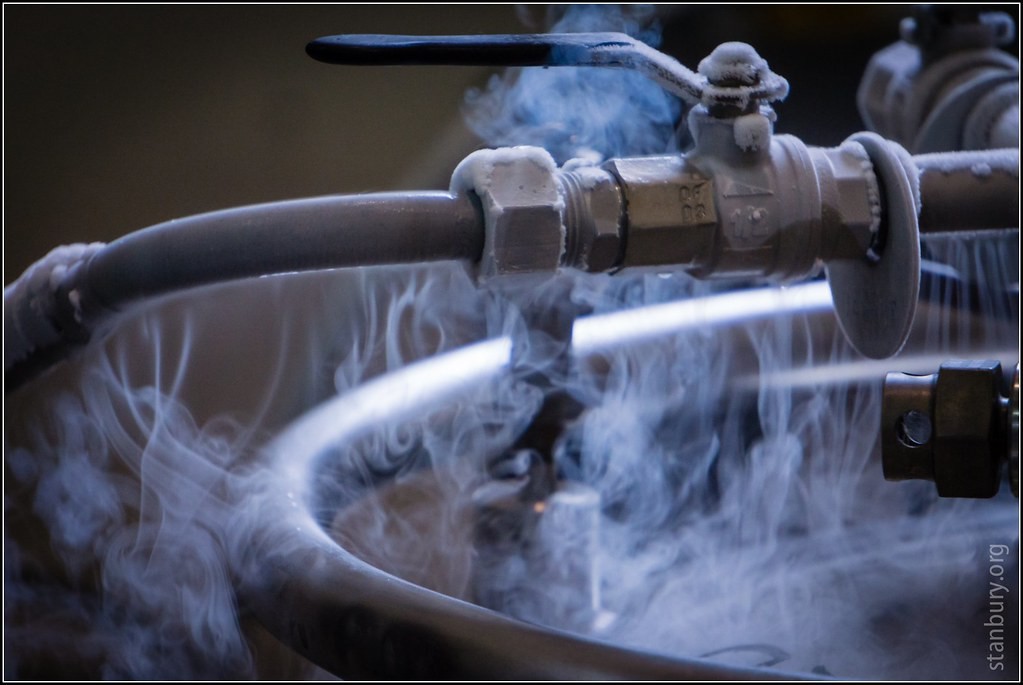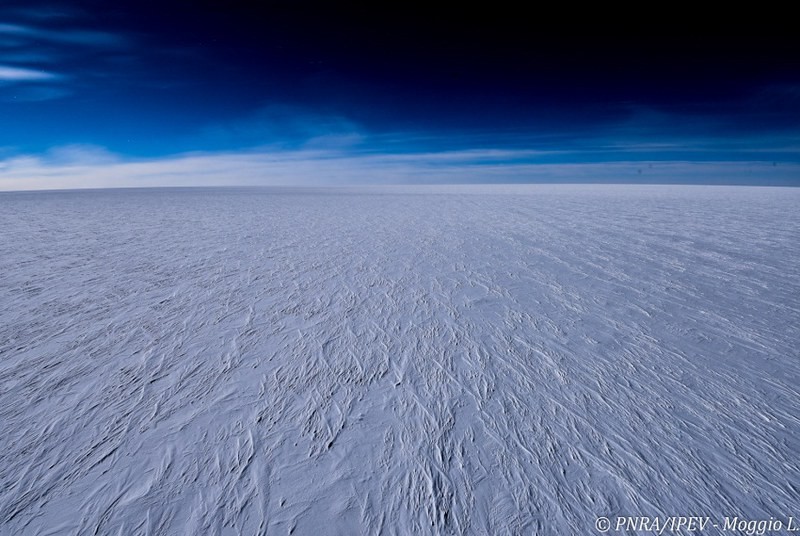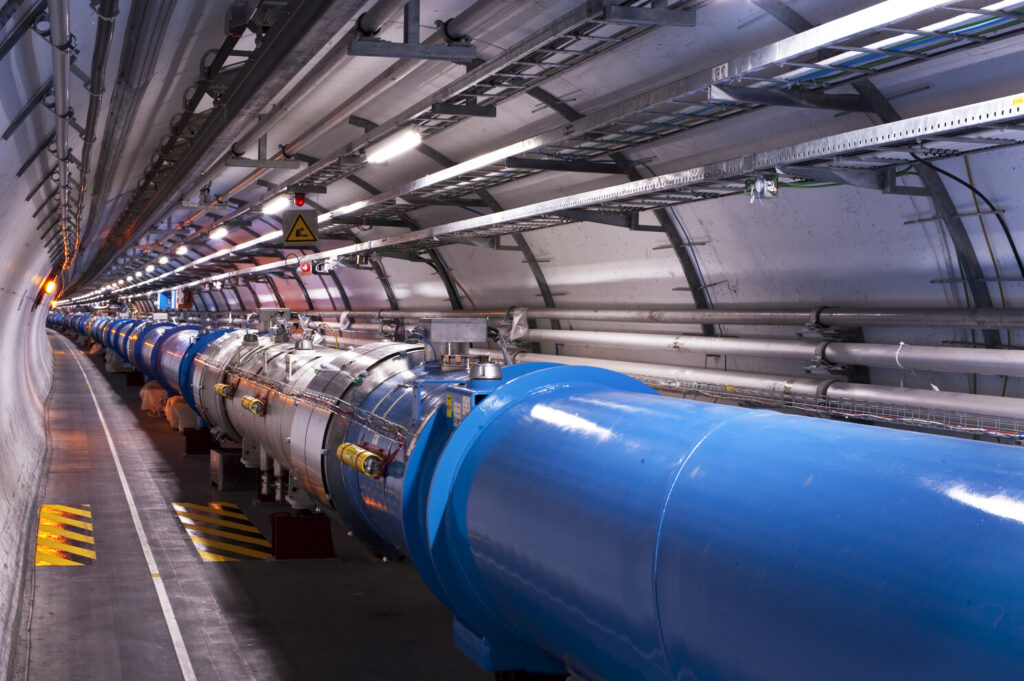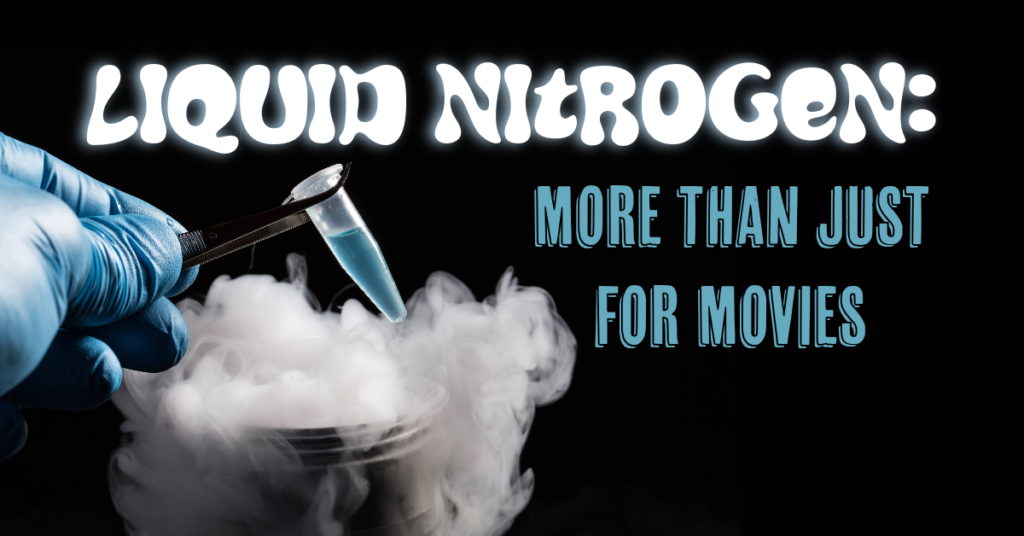A Hollywood Star
Few people around during the early 1990s would likely forget the iconic scene from Terminator 2, where the T-1000, the film’s deadly android villain constructed of liquid metal, is frozen by liquid nitrogen and then shattered into uncountable pieces by a single bullet. To this day, audiences still marvel at the effects, which unbeknownst to many, marked some huge strides in CGI. The film was the first to employ simulated natural human motion and to be all done on a ‘personal’ computer. Liquid nitrogen, on the other hand, had been and continues to be a mainstay as both a prop and plot element in films. In fact, in one form or another, it has featured in 158 films over the years, making its first debut with Mars Attacks the World in 1938, according to IMBD. As a result, people all over the world are well versed with liquid nitrogen’s role in fiction, whether as the fuel for sci-fi cryogenic status, a method to cool futuristic engines, or in the case of Terminator 2, a weapon to shatter evil androids. Less known, however, is the important and very practical role liquid nitrogen plays in today’s real world.

How It’s Made
Despite looking like boiling water with loads of steam, liquid nitrogen is just the base element nitrogen but in liquid form. Each and every day, people come into contact with nitrogen in its gaseous state because it makes up c. 78% of the earth’s air. They are less familiar with nitrogen in its liquid state because it doesn’t occur naturally on earth. Turning nitrogen into its liquid requires temperatures below -195.8°C (-320°F). Even the coldest place on earth – the East Antarctic Plateau – only drops to -98°C (-144°F). Therefore, all of the liquid nitrogen on earth is produced industrially by capturing the air around us and cooling it to very low temperatures. Once distilled, liquid nitrogen must be stored in a special Dewar container, otherwise it will return back to its gaseous state. To provide some context of the scale of the transformation, approximately 700 liters of gaseous air condenses into just 1 liter of liquid air. When people see liquid nitrogen appearing boiling and steamy that’s because being exposed to room temperature causes it to boil back to gas.

Why Nitrogen
Liquid nitrogen is much colder than traditional ice made from water, and is also a lot more abundant and less reactive (non-toxic, odorless, and non-flammable) than other substitute elements. For example, oxygen and helium make up 21% and 0.0005% of the earth’s air, respectively, and carry much lower boiling points, meaning more effort and expense is required to liquify them. Furthermore, liquid nitrogen is relatively easy to store for long periods compared to other gasses converted to liquid. All these factors make liquid nitrogen the ideal agent for extreme cooling and freezing. Still, one must take care in using liquid nitrogen because it’s cold enough to cause severe frostbite, may cause affixation as it reduces the percentage of oxygen in the air, and cause a number of other undesired outcomes. In short, liquid nitrogen in large quantities should only be handled by experienced professionals and it can’t be found in retail outlets.

Many Uses
Putting some of the associated dangers aside, liquid nitrogen’s properties make it an ideal agent for a whole host of activities, including in medicine to freeze and kill tumors and warts. Preserving cell samples, tissues, and organs for research and transplant represents yet another key medical related application. In science and industry, many semiconductors, along with high tech manufacturers, rely on liquid nitrogen as do certain areas of scientific study. For instance, the Large Hadron Collider, the world’s most powerful particle accelerator, is completely reliant on liquid nitrogen to function. Meanwhile, outside the sphere of science and medicine exists another whole set of other uses that touch people daily. This is most true in the food sector. Without liquid nitrogen flash freezing, a lot of the meats, seafood, fruits and vegetables wouldn’t be preserved with the same fresh taste and look as they do today. Some types of culinary arts, such as molecular gastronomy are even largely based on liquid nitrogen to give dishes their unique texture and effects.
Dippin’ Dots Ice Cream
Ever wonder what gives Dippin’ Dots that smooth melt in your mouth texture? The answer is liquid nitrogen. Dippin’ Dots flash frozen snacks are scientifically engineered to provide the ultimately consumer experience that melts in your mouth not in your cup. In contrast, traditional ice creams, which are frozen at much higher temperatures, suffer from impurities such as large ice crystals and more air pockets. So, if you want to create a truly unique event experience by injecting a bit of science and movie magic into your next event, then make sure to book Dippin’ Dots as your caterer. No event is too big or small! Get in touch with our experienced catering team today so we can tailor the right experience for you.
#science #education #dippindots #catering #food #snacks #chemistry #miami #learning

